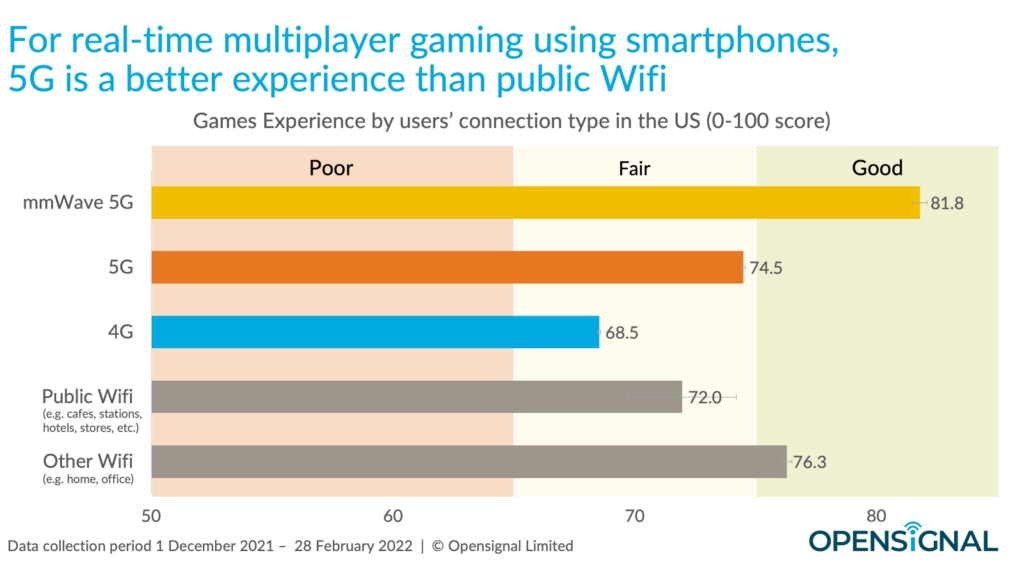As interest in the metaverse continues to grow, the importance of VR capability in the retail sector is on the rise. The global virtual reality market was valued at $21.83 billion in 2021 and is projected to grow at a CAGR of 15% from 2022 to 2030. The surge in interest in immersive experiences is driving this growth through the use of gloves, headsets, glasses, and bodysuits.
Virtual reality (VR) is a computer-generated simulation of 3D imagery that provides a realistic interaction for the user. In recent years, VR has gained popularity, transforming various industries, including retail. In the highly competitive retail landscape, businesses need to adapt and offer enhanced experiences to attract and retain customers.
VR can be used to create simulations for both customers and employees in a retail setting, utilizing specialized hardware and software. These simulations often focus on showcasing the company’s products or other aspects of the business. Some unique experiences offered by VR in retail include:
- Virtual Shopping Mall – Allows customers to browse stores or chains using a VR headset from the comfort of their homes, enabling them to explore new brands.
- Product Configuration – Enables customers to customize products through interactive options, resulting in a 3D model of their choices.
- Virtual Stores – Offer a personalized shopping experience, replicating the brand’s identity and features for customers to explore at their own pace.
- Product Simulations/Previews – Allows customers to view products in an immersive digital environment, leading to increased engagement and sales.
The Significance of VR in Retail Branding
The rise of eCommerce and contactless shopping experiences due to the pandemic has fueled the demand for technologies that enhance customer engagement. Technologies like 3D, AR, and VR are reshaping the retail experience, with a significant percentage of consumers advocating for immersive experiences.
The implementation of VR in retail can offer customers experiences like “try-before-you-buy” and streamline processes, enhancing overall customer satisfaction and retention.
The Future of VR in Retail
VR eliminates physical barriers in retail, expanding reach to remote audiences. The global VR in retail market size is expected to reach $5,455 million by 2028, offering benefits to both customers and employees. VR training can be cost-effective and reach a wider audience compared to traditional methods.
Benefits of VR Implementation in Retail
The advantages of VR in retail depend on the type of experience a retailer aims to provide. Unique VR experiences can create memorable interactions, leading to increased brand loyalty and word-of-mouth referrals.
Implementing VR in Your Retail Brand
Implementing VR in retail requires careful planning and consideration of the goals and desired experiences. Retailers must determine their goals, decide on the experience to deliver, and develop the right VR experience tailored to their brand.
With the right hardware, software, and development, retail establishments can create immersive VR solutions that enhance customer experiences and streamline operations. VR capabilities offer unique opportunities for both customers and employees, revolutionizing the retail industry.
Author Bio:
Marc Loeb is the Global Sales Director of ByondXR, a retail technology company specializing in creating virtual stores and showrooms. With over 25 years of experience in Technology, Business development, and eCommerce, Marc brings expertise in implementing immersive solutions to drive customer engagement and sales. He holds an MBA from The Kellogg School of Business, Northwestern University, and certifications in digital marketing from HKUST Business School in Hong Kong.



